J.J. Abrams Talks Film and Digital Video.
JediNews spotted an interesting interview with Director J.J. Abrams posted on The Wall Street Journal. Hit the jump to find out why Abrams continue to shoot on film, his thoughts on digital video and more…
“Star Wars” ignited Hollywood’s digital revolution when George Lucas made 1999’s “Star Wars Episode 1: The Phantom Menace,” the first movie played on digital projectors, and 2002’s sequel “Attack of the Clones,” the first movie shot entirely digitally.
Now Mr. Lucas’s successor, J.J. Abrams, is turning things around. His “Star Wars Episode VII,” set for release in December 2015, is one of a shrinking number of Hollywood productions shooting on film. Mr. Abrams spoke from the movie’s London set about why he still believes in film and why he lobbied major studios to help keep it alive.
WSJ: Why does preserving film matter to you? Haven’t digital cameras become just as good as film?
Mr. Abrams: I’m actually a huge fan of digital as well. I appreciate how that technology opens the doors for filmmakers who never had access to that level of quality before. However, I do think film itself sets the standard for quality. You can talk about range, light-sensitive, resolution—there’s something about film that is undeniably beautiful, undeniably organic and natural and real.
I would argue film sets the standard and once it’s no longer available, the ability to shoot the benchmark goes away. Suddenly you’re left with what is, in many cases, perfectly good but not necessarily the best, the warmest, the most rich and detailed images.
WSJ: You’ve shot your movies on film even though they’re full of effects and, essentially, digital creations.
Mr. Abrams: Especially on movies like “Star Trek” and “Star Wars,” you have so much that will be created or extended digitally and it’s a slippery slope where you can get lost in a world of synthetic. You really have to keep away from that, especially with “Star Wars,” which I wanted very much to feel like it is part of another era.
WSJ: Is this just forestalling the inevitable death of film? Or will it be like vinyl—an older medium that stays alive because certain purists prefer it?
Mr. Abrams: I’m very grateful to Kodak for keeping the lab open for now. As a filmmaker, you want to have every tool available. That doesn’t mean digital doesn’t have huge advantages, nor that I wouldn’t want to experiment and shoot digitally on something. I would hope filmmakers who are just getting started will be able to have this as an option as they continue in their careers because movies are nothing if not a romantic experience and film is a big part of that.
Founder of SWNN, MNN and The Cantina forums.
Born on April 24, 1980.

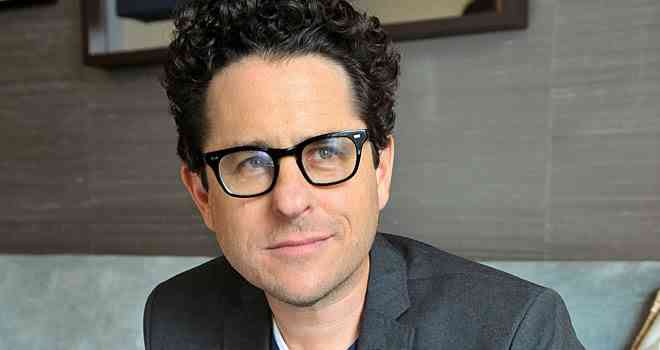
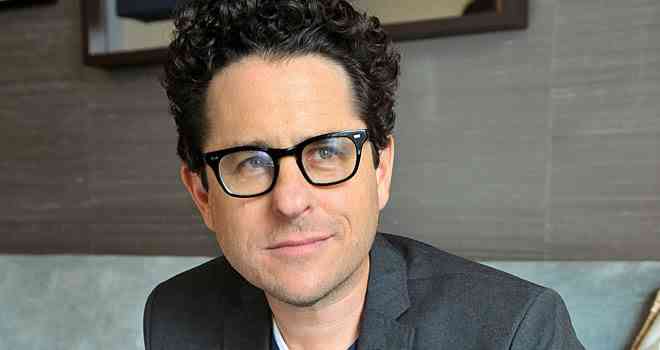
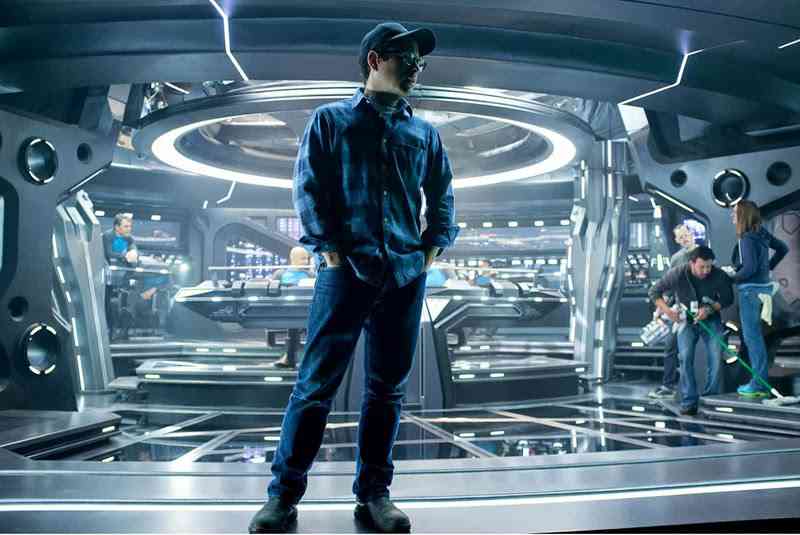
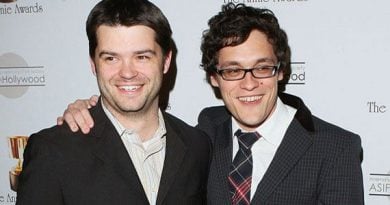
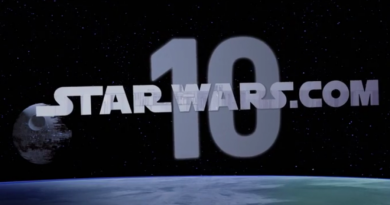
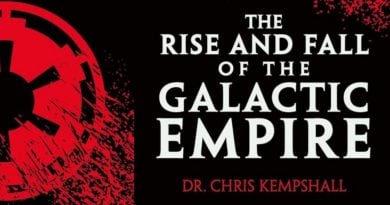
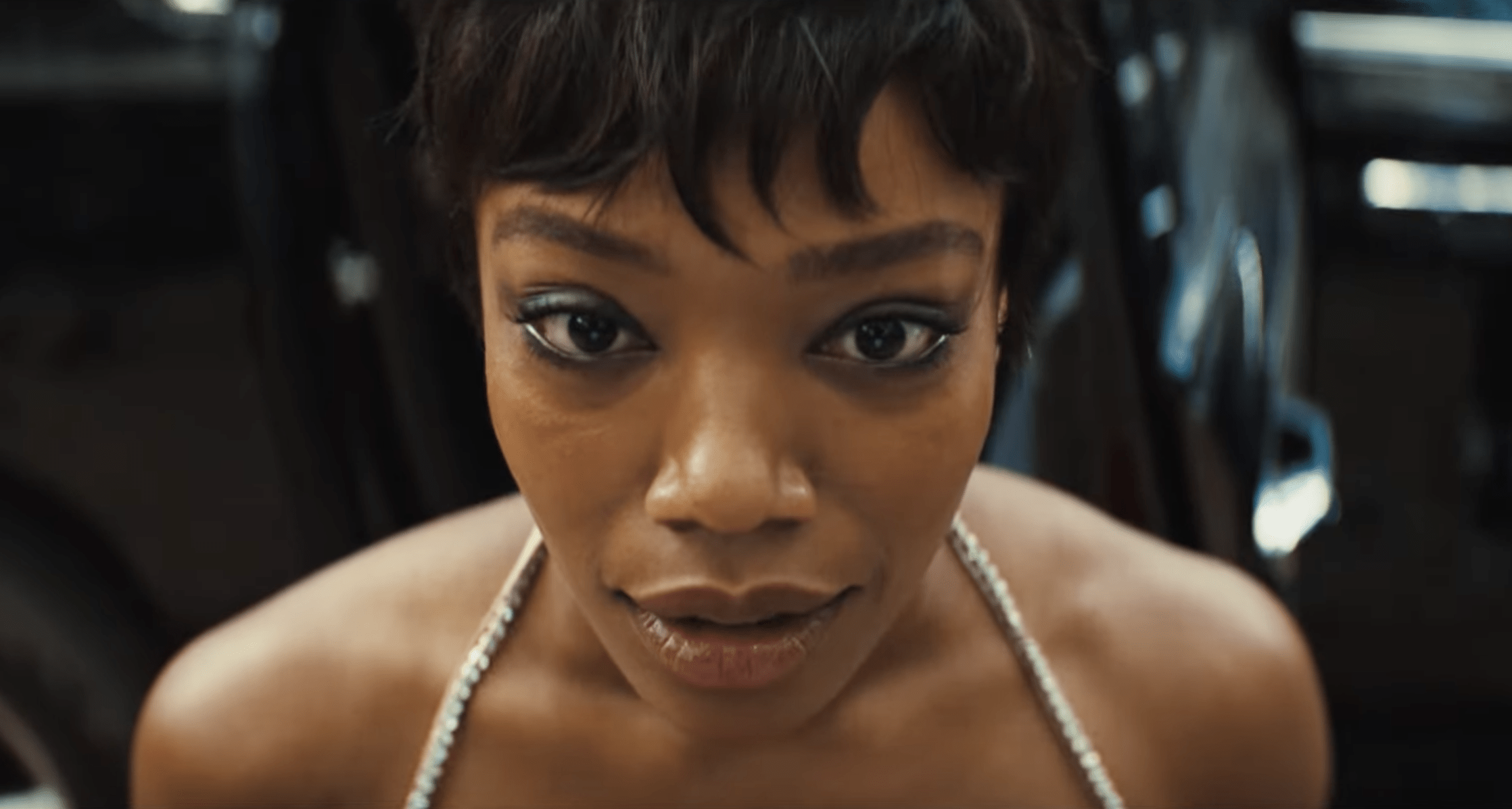
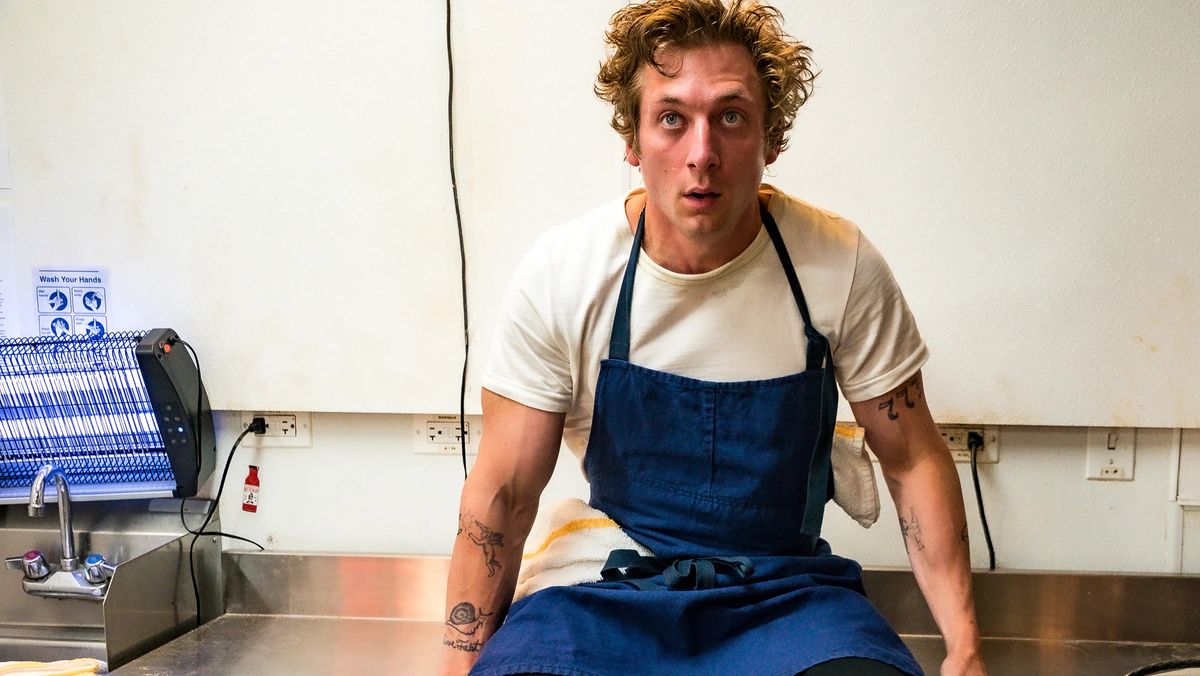
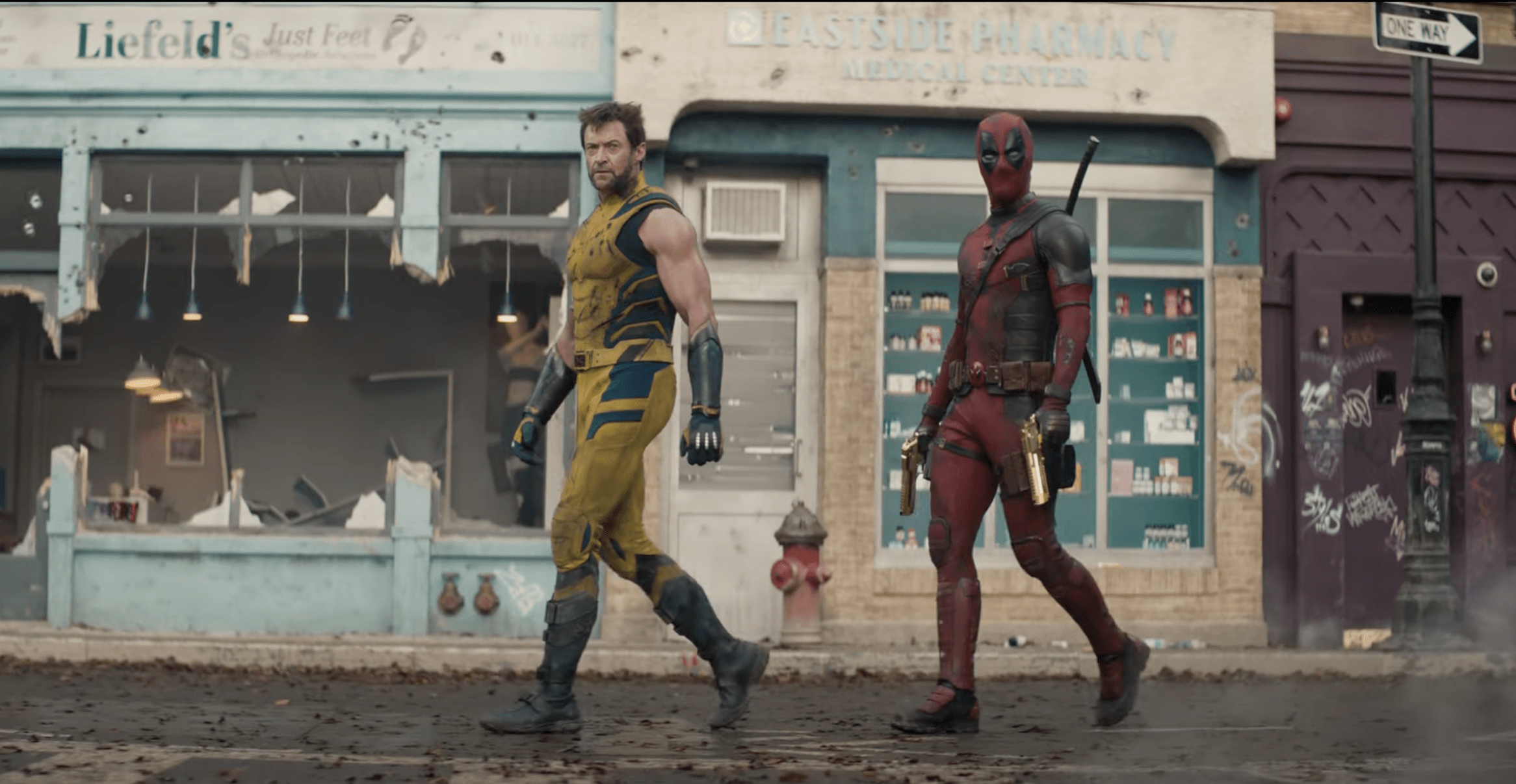
“I think that the thing is so big and so massive to so many people that the key to moving forward is honoring but not revering what went before.”
Yeah right. That JJ Abrams quote is sounding sillier by the day.
Long life to film!
http://clorstudios.files.wordpress.com/2013/01/storm-copy.jpg
Have to agree, I really like the old school motion picture feeling of film. Digital has insane clarity but I just think it’s too crisp and clean. It looks sterile, as though it’s a video game. Star Wars in particular needs to feel like it’s organic and feel like it’s a long time ago (in a galaxy far far away..) As JJ puts it, it’s another era. Film only adds to that overall tone, so it’s a big thumbs up from me.
Wrong. Digital is less clear than film. Film has a higher resolution. That’s what he was saying
Maybe IMAX’s 65mm film has better resolution than current digital cameras, but not 35mm.
Yes, with current state of the art digital cameras, 35mm film still has a slight edge in terms of res. So the point being, the notion that digital produces a clearer image, is a complete falsehood.
Tell me, why do people insist on arguing or commenting on this subject when they dont have the facts?
From Wiki: Kodak states that 35mm film has the equivalent of 6K resolution according to a Senior Vice President of IMAX.
Red Epic Dragon camera for example can shoot in 6K.
But obviously resolution is not the same as clarity. You can have a 720p image or a 1080p image, but it doesn’t necessarily mean the 1080p image has more clarity. Digital still has more clarity, but film looks better.
I think the important thing to point out is that the look of film is attained by shooting at 24 frames per second which from what I understand is was more about sound than the picture at the time. The digital cameras used for II and III were set for 24 fps to keep the look of film.
Whether film or digital if you want a better picture then it would be best to shoot at 48 fps. So it’s not about picture quality because 24 is simply inferior to 48 so therefore it’s about keeping a certain look.
When they shot II they did find the picture to be so clear with so much detail captured compared to film even at the same 24 fps that they had to add pro mist filters to dumb the picture down so it looked more noisy and less detailed like film does.
The idea of “traditional” film stock is a bit bogus. The film being used now is far better than what was used on the OT.
People have to remember why the SE’s came about. The film stocks used by major productions in the 70’s and early 80’s turned out to be fast fading garbage that started fading away after less than 20 years.
Since they needed major restoration that lead to additions as well as restoration and it was Dennis Muren who really fired George up to make all kinds of changes compared to the simple ones he wanted being Mos Eisley and Jabba.
Digital has been the saviour of so many films because even with proper storage the stock simply fades over time.
I don’t get JJ here. He wants rich and detailed images but film’s image is as talked about less detailed, warmth is created in post production. His movie might be shot on film but he’s not making it on film. He’s not using optical printers. His film will be made in the digital realm. There is no choice on this for this film.
The “problem” for the prequels that they were too real. If you listen to the commentaries they talk about all the painstaking detail they went into to make the fantasic environments world real in terms of how lighting, shadow, reflections and the like to the heat strobing on Mustafar.
The “problem” is the more real it was made the more “fake” some people took it to be because their fantastical reality meter is set to the OT which is far more “fake” but to them it’s the “real” real.
Then again a lot of these people are also the ones who will swear the PT went to no actual locations, no sets were ever built and everything was done by CG. They totally ignore the reality that there were more practical effects in the PT by a factor of 10 or more. Portions of TPM were also shot digital but unless you know which ones they wouldn’t be able to point them out.
Well Ryan you are missing the point entirely I’m afraid. I’d love you to be sat in a room full of cinematographers and say what you have just said. They would probably all collapse in brain damage.
“When they shot II they did find the picture to be so clear with so much detail captured compared to film even at the same 24 fps that they had to add pro mist filters to dumb the picture down so it looked more noisy and less detailed like film does.”
Sorry, totally wrong. 35mm film has faaaar more resolution/information than 1080p which II and III were shot in. Ironically, the OT which is being transferred to 4k will have far higher resolution when it’s released in 4k than the prequels ever will… because unfortunately you can’t upscale 1080 p to 4k.
The difference in observable detail between 35mm and 4k is minute if even noticeable by the likes of you and I, it takes a pro to identify which is which, probably on a screen large enough to provide that comparison. I have heard 35 mm actually looks slightly more clear on projection because it takes less light to project the image… digital requires more. That will change when laser projection becomes standard but that wait will be a few years.
I think what JJ is talking about regarding film is the character it gives the image. I’m an audio guy and actually record onto 2″ tape, which I think is a very good analogy for film vs. digital, because tape does exactly that to sound… character, it has artifacts that only the tape machine can provide for the time being. It provides the same quality as recordings done at 44.1, though tape will be obsolete when 196 k will become a standard I’m pretty sure… but who knows?
Today digital picture is as good as film. One can add grain in post production and no one would see any difference. Film will have to be scanned anyway. 10 years ago however… Revenge of the Sith was shot in mere 1080p and later cropped down to even smaller number of 817 lines. It means that Blu-ray is pretty much all you can get out of it.
It’s not just grain, it’s the way it captures colour, light. It can be hard to replicate that in post from a digital image. They may as well just go the real deal.
I think a lot of people misunderstand the appeal of film partly because of the current industry trend of emphasizing clarity over everything else.
That wasn’t always the case, though. The original Star Wars was filmed using old-school gauze filters in various shots to create a specific feel. Of course, none of us have seen Star Wars that way for years, because that was one of the first things to get stripped away when it was converted to digital.
Yes, sometimes a filmmaker does want a softer, warmer image rather than crystal HD clarity. So does the viewer sometimes, for that matter. Be honest… how many of our favorite actors’ nose pores do we really need to see?
I’m glad that Abrams sees and understands this. No, filmmakers won’t have the option of using film stock for very much longer. But while it’s still an option, I’m glad that there are directors who will still use it and who see and appreciate the difference between traditional film stock and digital film.
Very well put, Dekka. I completely agree.
The OT is getting a 4k transfer… I bet they’ll do a re-release in theaters prior to Episode VII release. If so and it’s the *original* OT we will get to see it as originally intended again… and with far greater resolution!
French movie “Vidocq” was actually the first released feature that was shot entirely with digital cinematography. Not SW Episode II.